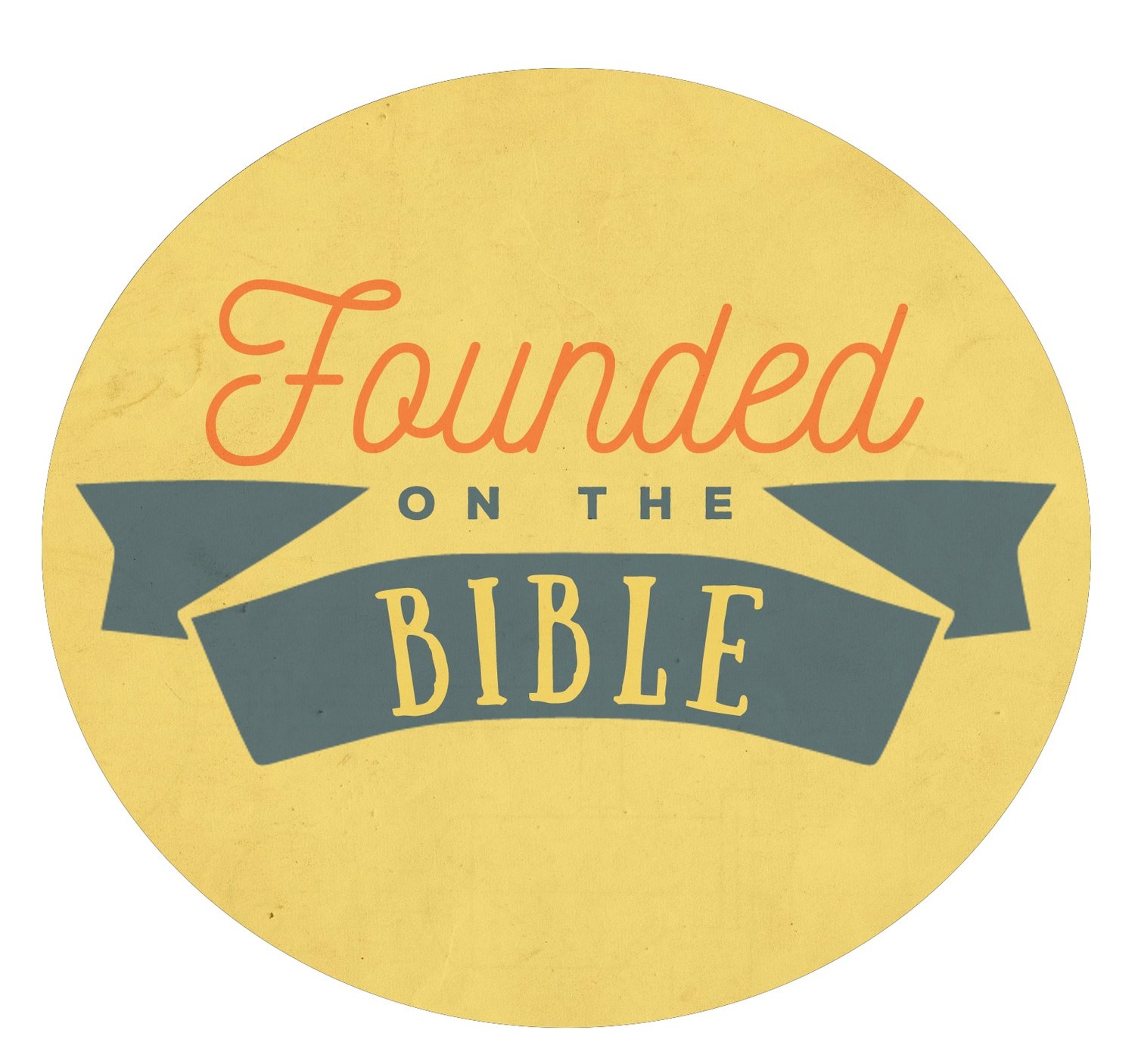Lent Part 4- The Passover Seder Wine
Matthew 14:23-25 NLT
And he took a cup of wine and gave thanks to God for it. He gave it to them, and they all drank from it. And he said to them, “This is my blood, which confirms the covenant between God and his people. It is poured out as a sacrifice for many. I tell you the truth, I will not drink wine again until the day I drink it new in the Kingdom of God.”
The Passover Seder or meal commemorates the Exodus of the children of Israel from Egypt.
Four Cups of Wine
Four cups of wine are served at this meal and each cup represents a promise in Exodus 6:6-7 (1).
I will bring you out from the burdens of the Egyptians
I will rid you of their bondage
I will redeem you with a stretched out arm, and with judgments
I will bring you into the land I swore Abraham, Isaac, and Jacob
First Cup of Wine
The first cup is called the kiddush or the cup of sanctification (1) because God raised Moses to lead His people out of Egypt. As the Israelites were separated from Egypt and all of its wicked practices and set apart for God, people of this new covenant will be separated from the world and its sinful practices and set apart for God.
Second Cup of Wine
The second cup is called the cup of deliverance (2). Every participant dips their finger into the cup and flicks a drop of wine on their plate. Each drop represented a plague. Nine of the ten plagues only affected the Egyptians. The tenth plague, the death of the first born, affected everyone. But the Israelites were spared because their door posts were marked with the blood of the Passover lamb in the shape of a cross. Jesus’ death on the cross gave us our deliverance. His blood delivered us from the bondage of every type of sin and from the effects of the sins of others.
Third Cup of Wine
The third cup is called the cup of redemption (3). Redemption means the action of being saved from evil. God raised Moses to save the Israelites from the Egyptian bondage of slavery and restore them to freedom. 1500 years later, God raised Jesus the Messiah to save His people from their sins and from the curse of the law and restore them to freedom. This is the cup that Jesus didn’t drink from in Matthew 14. Jesus declared to his disciples that it was His blood that would pay the price to spare and save us from the judgment of sin and evil. But, Jesus was already looking ahead into the future. He was disclosing to His disciples that the next time He drank wine from the cup of redemption, it would be during His future reign as Messiah. Revelation 11:15, “The world has now become the Kingdom of our Lord (Kingdom of God) and of His Christ (Messiah) and He will reign forever and ever" (parentheses added).
Fourth Cup of Wine
The fourth cup is the cup of praise or the Hallel (5). The Hallel are Psalms 113-118 and they were sung with this last cup of wine. Jesus and his disciples sang the Hallel on their way to the Garden of Gethsemane. Moses led the people to God so they could enter the Promised Land. Jesus led the people to His Father so they could enter into the family and the Kingdom of God.
The Empty Seat
There is a fifth cup set at an empty seat known as the cup of Elijah and no one drinks from it (4 & 5). Here the Jews wait for a man who will come in the spirit of Elijah. We know that Jesus identified that man as John the Baptist. This Passover ritual includes the opening of the front door and announcing the greeting, “Blessed is He who comes in the Name of the Lord!” It was necessary for John the Baptist to announce the first coming of the Messiah and it is necessary for Elijah to announce the second coming of the Messiah. How do we know when this takes place?
Two extraordinary signs will indicate that the second coming of the Messiah is near:
1) the hearts of the spiritual fathers are turned towards their spiritually lost children or congregation.
2) the congregation give up their rebellious ways and worship God.
Let’s Pray:
Father, I acknowledge the great price Jesus paid by shedding His blood for me. Thank you for sanctifying me, delivering me, and redeeming me. I will praise You forever for sending the Messiah, Jesus, to us. I will praise You in advance for His return. You may do with my life as You will. In Jesus Name, Amen.
© 2019 foundedonthebible.com
References:
1.http://www.hebrew4christians.com/Holidays/Spring_Holidays/Pesach/Seder/Kadesh/kadesh.html
2.http://www.hebrew4christians.com/Holidays/Spring_Holidays/Pesach/Seder/Maggid/maggid.html
3.http://www.hebrew4christians.com/Holidays/Spring_Holidays/Pesach/Seder/Barech/barech.html
4.http://www.hebrew4christians.com/Holidays/Spring_Holidays/Pesach/Seder/Hallel/hallel.html
5. https://www.youtube.com/watch?v=gBGz3k37kDE


